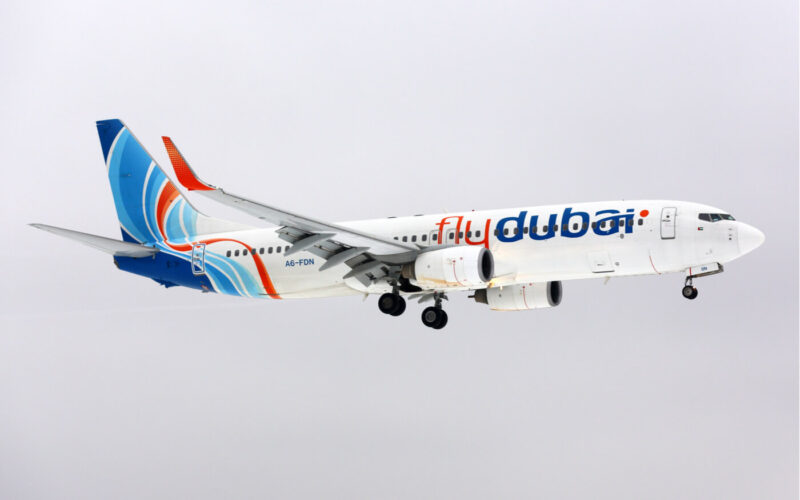The final report of FlyDubai Boeing 737-800 crash in Russia in 2016 rules the loss of control in flight as the main reason behind the fatal accident, which killed 62 people, also raising questions on the psychological factors that determine pilots’ decision-making in critical situations.
FlyDubai Boeing 737-800 (registration number A6-FDN) took off from Dubai (the United Arab Emirates) to Rostov-on-Don (Russia) on March 19, 2016. Due to severe weather conditions, including turbulence and gusty winds, the pilots were performing a second go-around when they lost control of the aircraft. The plane crashed into the ground, killing everyone on board ‒ 55 passengers and seven crew members.
The main factors that led to the accident were incorrect aircraft configuration and crew piloting, which in turn led the pilot in command to lose situational awareness during nighttime in instrument meteorological conditions approach, Russia’s Interstate Aviation Committee (IAC) has written in the final report.
Among the contributing factors, the pilot in command lacked “psychological readiness” to perform a second go-around, as he was concerned with landing exactly at the destination aerodrome.
After the first approach, which was unsuccessful, the pilot experienced “emotional distress”, as he feared he could potentially exceed his duty time to perform the return flight and would go against FlyDubai’s recommendation to prioritize landing at the destination aerodrome, the investigators found.
The “psychological incapacitation” of the pilot resulted in spatial disorientation. The pilot also failed to respond correctly to the prompts of the first officer, is written the investigators write. In turn, the first officer did not understand the situation in time. The report also states that the airline’s operations manual lacks proper information regarding psychological incapacitation.
The operational fatigue of the crew is also mentioned among contributing factors. Pilots had been flying for the past six hours, two of which were under intense workload where they had to make non-standard decisions. Thus, looking at circadian rhythms, the accident happened at “the worst possible time”. At such times, human performance capabilities are at a low level, while the possibility of errors is increased.
On the main photo: FlyDubai Boeing 737-800, registration number A6-FDN. This aircraft crashed in Rostov-on-Don in 2016.

